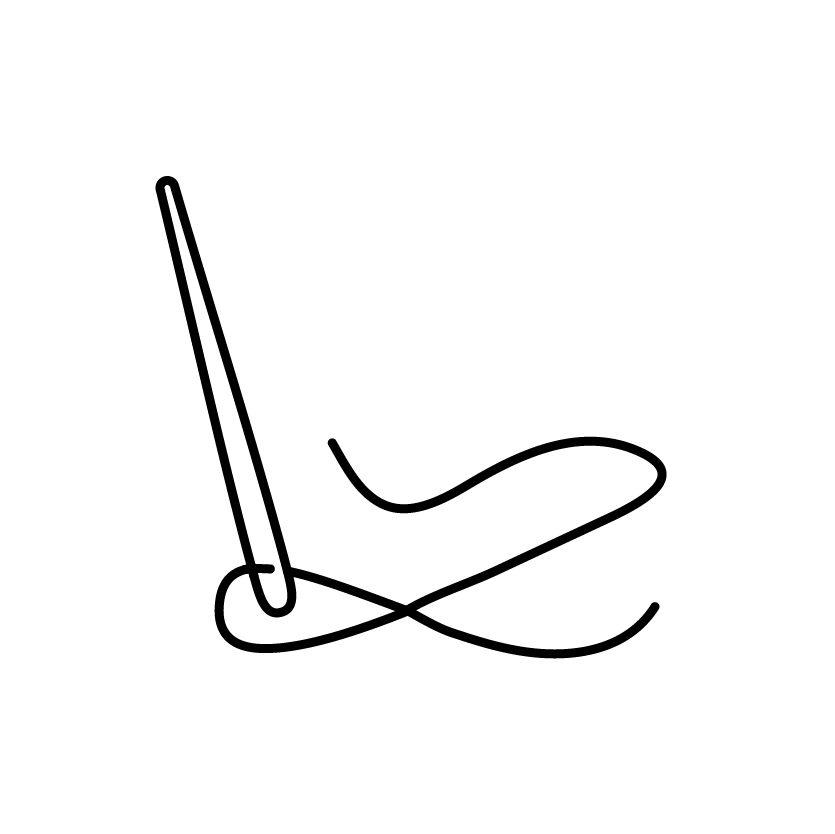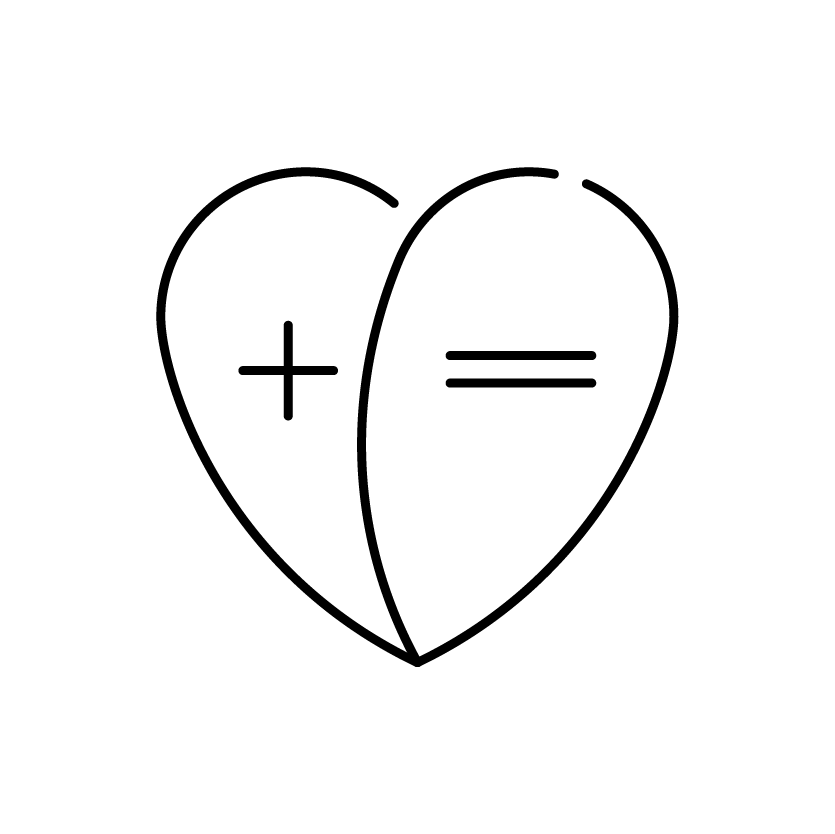Location
Bali / New Zealand
Made In
Bali / New Zealand
Values
Sometimes a brand comes along that makes sustainability and ethics seem so straightforward you wonder why all brands aren’t doing it. But then you remember it takes a special type of person to make a difficult process look simple. That’s exactly what Rosie Shelton and her team have mastered at Luna & Rose. They create beautiful 99% recycled sterling silver jewellery and organic, plant-dyed garments sustainably, transparently and ethically. They make it look simple, but there’s a high level of dedication involved that makes Luna & Rose a truly ethical brand.
That dedication began when founder Rosie was working in supply chain management and found a disconnection between the makers and the final product. She wanted to say no to fast fashion and mass-produced clothing by working slowly with good materials and transparency that honoured the makers of the products. Long story short, she moved to Bali and searched for years for the perfect supplier to bring her vision to life. She eventually found an amazing team who understood her need for sustainability and today Luna & Rose is more like a family than a group of colleagues. Just have a read of this gorgeous section from their website and try not to smile:
“From Nano and his team producing our sandals, to Putu and her husband making our Traveling Trev wallets to Jessica who manages her family run printing business. We make sure we pay our suppliers above minimum wage, are often shouting them Nasi Campur for lunch, double black coffees or a round of office snacks and make sure all employees are happy and working in safe and ethical conditions. Our silversmiths take their pet birds to work, Putu works from home to look after her son as well as managing the family business and Nano is often found napping on the job.”

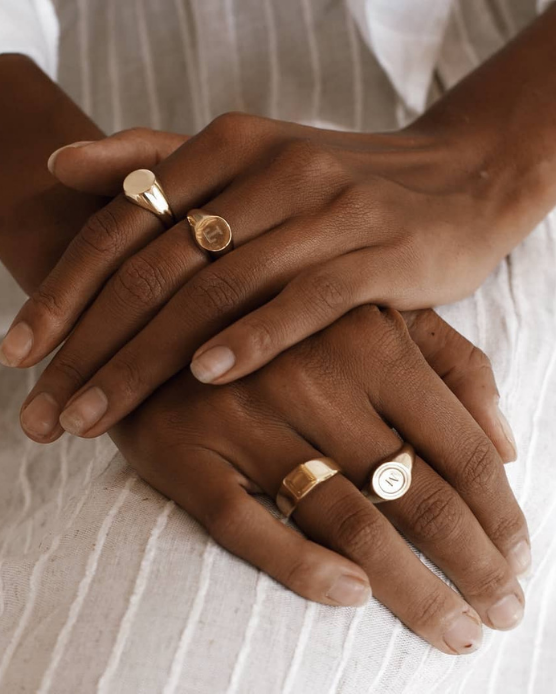

When it comes to the products themselves, each piece is handcrafted in small batches by the team. The silver jewellery is made with 99% recycled silver meaning that Luna & Rose uses a close looped production system. The silver is recovered from the residues of copper, nickel and lead refining processes and from industrial scraps and end-of-life applications like electronic and electrical scrap. Talk about resourceful! And because each product that doesn’t sell can be melted down, there’s no need for waste. They’ve also just launched a solid gold range and it’s recycled 9 carat gold that is sourced from a new supplier in New Zealand.
Luna & Rose also offers a range of fashion, accessories and homewares. All of their t-shirts are made from organic cotton and are dyed with organic, plant-based dyes. The dyes are made by drying out leaves, roasting them in a dryer, mulching them and then mixing them with water to create a colour. All the leftover liquid from their production feeds into the surrounding fruit farms, without any toxic chemicals. There’s a transparent list of materials on Luna & Rose’s website if you want to know more (but don’t worry, it’s all the good stuff).
It’s the little things that make Luna & Rose and truly conscious brand. They donate 1% of every single sale from their online store to their charity partners Take 3 For The Sea and Sustainable Coastlines. They also send all of their products in biodegradable packaging.
So while they might make it look easy, there’s a million little things going on behind the scenes at Luna & Rose to bring the vision to life, and it’s that dedication to doing better that make the brand one to watch well into the future. We can’t wait to see what they do next.
Want to know where Luna and Rose sits and what they’re working on in terms of these 5 values? Hover over these values to find out.
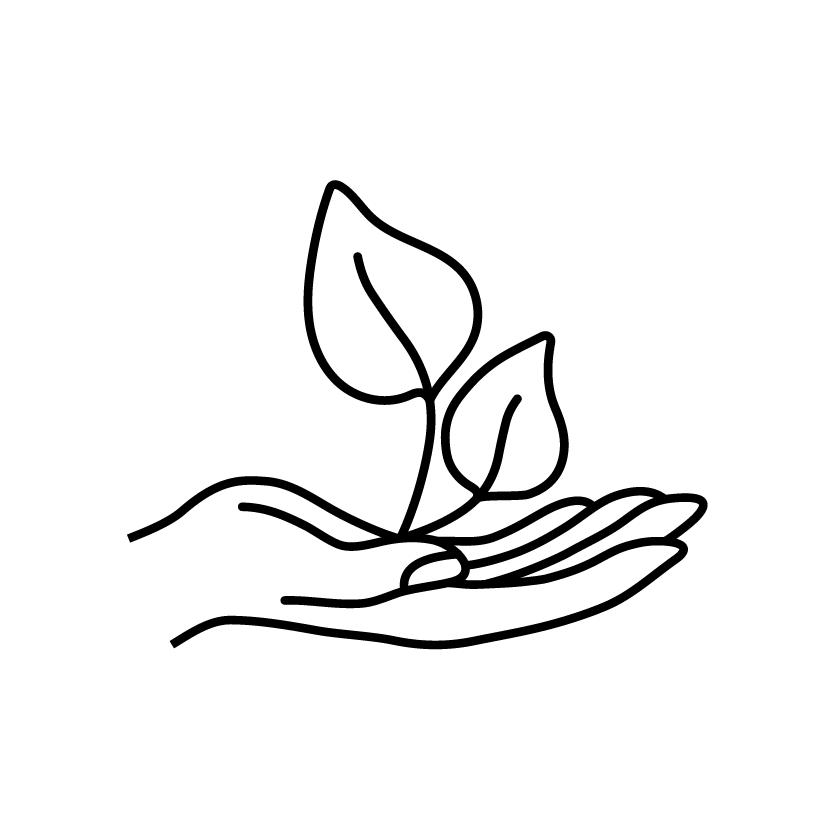
Eco Friendly
All of the Luna & Rose jewellery collections are made from Recycled Sterling Silver ensuring there is literally zero waste in our closed loop production! Our packaging is entirely plastic free, opting for raw card boxes instead of coated stickers / pleather. All of our T-Shirts & linen pieces are dyed by plants with no chemicals used and all the waste water is either recycled back into their production or filtered out to neighbouring fruit & rice farms.... Chemical free!
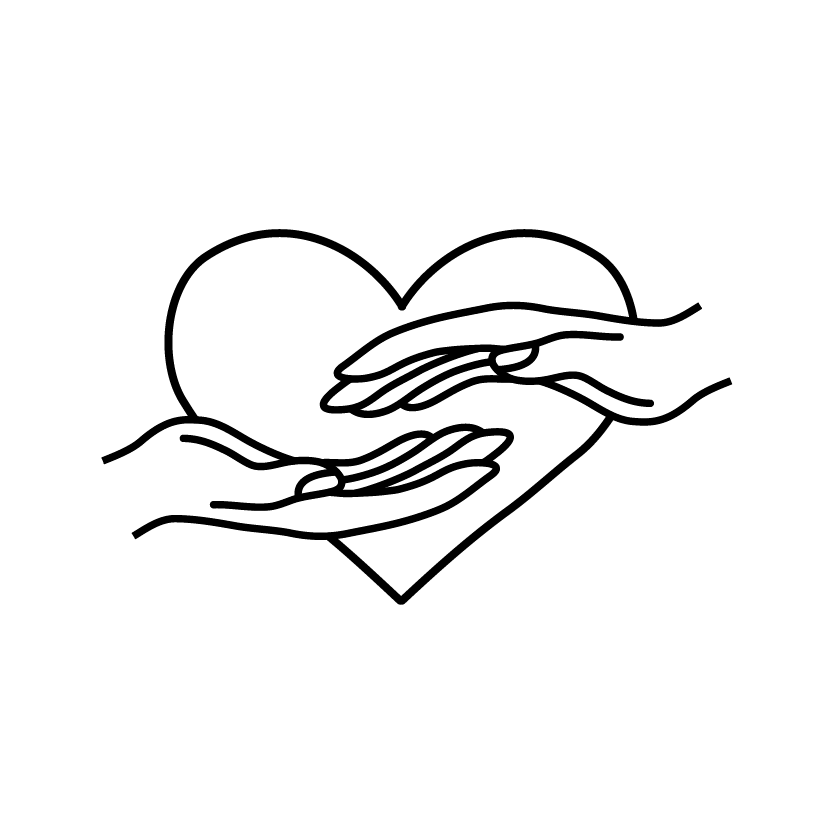
Fair
It was a non-negotiable and the founding reason as to why Luna & Rose was started, to have a hands-on connection to the humans producing our pieces. I am proud to say that to this day, 7 years on this still runs true and is still as important as ever. We visit our artisans & suppliers at least once a week to check in on progress, ask how they're doing and share a cup of coffee or 2 with them. Having this hands on personal connection ensures we not only know exactly WHO is making our pieces but how happy they are in their work, their family lives and that they get to take holidays. We also pay the asking price from our suppliers with no bargaining down to ensure they are always getting paid exactly as they fairly expect.

Minimal Waste
The back bone to our business! We produce all of our jewellery in an entirely closed loop production with zero waste. At the end of a season if there is anything left over of a faulty item, these pieces can simply be melted down and put back into our production and made into a new item. This is also true for our new line of Solid Gold pieces. For our Organic Cotton T-Shirts, we donate the left-over scraps to a local community in Bali that weave these into mats to re-sell, giving them both jobs and re-purposing what otherwise might head into landfill. Our scarves are printed on demand (to order) and due to their square nature - produce almost zero waste as well!
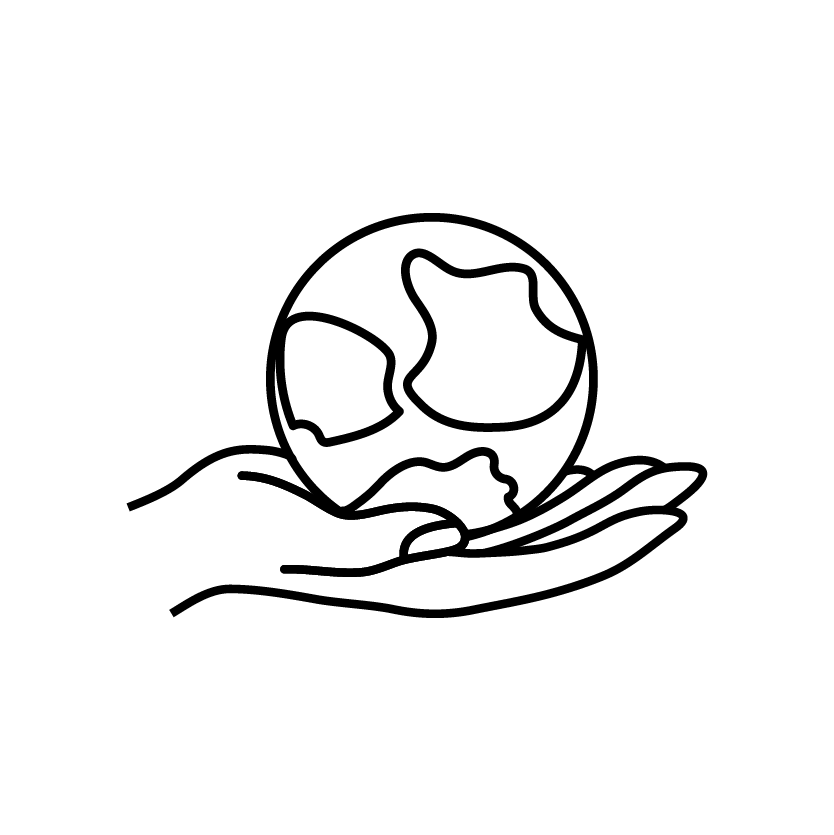
Give Back
Absolutely we do. We were an early adopter of 1% for the planet, donating a minimum of 1% of our annual turnover to charities that hold true to our values. To date these have been Take3, Sustainable Coastlines NZ, The East Bali Poverty Project & Borneo Orangutan Survival. We always end up donating above & beyond our 1% as we truly believe that as a business in today's world, the planet comes first and we have to acknowledge that while we take every step possible in our means to produce in a sustainable and maintainable method, there must still be an impact on the planet through our being.

Transparent
Definitely! I wouldn't have Luna & Rose any other way. We buy our fabric from a supplier however they provide the GOTS certificate for us so apart from our fabric mills, we can trace every step of our production as soon as we get our materials to turn them into beautiful products :)
Behind the Brand
“ It was the founding basis of the brand to find the suppliers that I knew would be happy working with me. And that they upheld the same work conditions, they were more artisan-led and they weren’t mass-producing in a factory. They were more homebased artisans working alongside their family and friends with traditions being passed down from their grandfathers”.

What were you doing prior to launching Luna & Rose?
Prior to launching the brand I studied fashion design, went travelling, then moved to Melbourne. I was living down in Torquay and working for a surf company in a men’s design team. I was the middle man between the designers and our production team in China, India and Bangladesh. I guess that’s what highlighted that lack of connection. The stores looked beautiful and perfect but all the stories were lost between the product in the stores and the people making them. Those big brands just try not to showcase that stuff. I think things are definitely changing; that was seven or eight years ago but for me I really loved my job because I had the communications and connections with the makers but it wasn’t something that came through in the final product. So that along with a few other things inspired me to take off and start my own thing where I had full control over the transparency and those connections and knowing the whole process.
I love that! So did you then move to Bali to start the brand?
I did, yeah. I had been there on a trip with a couple of girlfriends. Loved it. Wanted to know how these people were working in the cafes with their laptops and that combined with where I was at with my career and how I felt about the fashion industry. So I made the move! I knew I wanted to be hands on with my makers, so it was going to take a move to either there or India. And Bali was my pick of the bunch.
Totally! So you were obviously used to working in the supply chain and the back end of a brand. Were you tempted to go down the same route as the brands you’d previously worked for with Luna & Rose’s supply chain?
It wasn’t even an option for me. It was the founding basis of the brand to find the suppliers that I knew would be happy working with me. And that they upheld the same work conditions, they were more artisan-led and they weren’t mass-producing in a factory. They were more homebased artisans working alongside their family and friends with traditions being passed down from their grandfathers. It took time to find the right people, don’t get me wrong. I went through three main suppliers over the course of a couple of years to finally find the right one that was on our page.
When you’re spending that long trying to find the right suppliers, do you have moments of doubt? Do you ever wonder if maybe it’s too hard?
Yeah for sure but I think I’m a very determined person and I was pretty passionate about it. I wouldn’t have started the brand if I had to go with a factory in China to get the quality that I wanted. And it was part of the journey. That’s the fun stuff. I look back on those days—and don’t get me wrong—I was out on a scooter for hours on end and getting lost, and it was hot and sweaty, and people would tell me it’s impossible to get these things made. I’d give them a sketch of my design and I’d get the sample back and it was completely different to what I’d envisaged. But those days were the glory days as well. It was very hands on and pretty fun. Now all that side of the business is pretty well set up and we’ve got a really awesome and strong team. We’re now focusing on design and brand growth.
When I was studying fashion years ago now I had only one subject on sustainable fashion, which was my first foray into the industry. Did you have anything like that when you studied?
No, there was absolutely nothing, which is pretty mind boggling. We had a creative design teacher and she really pushed us to think outside of fast fashion and consider reusability and your connection with the environment from a design perspective. But in terms of sustainability there was nothing. I ended up really struggling to see where I would fit in after graduating. I didn’t want to go and get a job with the big fast fashion brands. It just wasn’t something I was ever going to aspire to. And I also didn’t necessarily want my own fashion brand as a tailor. So I did struggle with where I was going with it and I think that’s why taking a year off and just travelling was good to get some perspective and weigh up my options to see what was out there and learn what was important to me.
Yeah totally. And I loved that subject because it showed me new ways of doing things that I had never considered before. But now the generation coming through have whole degrees based around the future, ethics and sustainability.
Yeah and anti-fast fashion, right? It’s great that it’s changed slowly but surely.
Do you find that there are any barriers to succeeding as a conscious business?
I don’t think there’s barriers. It definitely takes more time and more perseverance and determination. It can be hard, especially with our organic plant dyed products, which means sometimes they may grow more green one year than the other. To find a consistency with colours is a bit of a challenge. But for me personally I don’t see that as a negative because I can clearly see that the alternative is to use toxic chemicals. There are a lot of brands that take that easy option because it’s so much easier and to dye organically is literally six times more expensive than to dye with chemicals. You do have to weigh that up with what your customer is willing to pay. For me, I don’t even let that enter the conversation. But you can understand why it is a challenge for many brands to take that on board, but hopefully with consumer demand brands will have to make that change, and over time hopefully everyone will be using plant dyes.
I don’t know if you saw the post we put up on Instagram recently about the cost of ethical fashion, but it blew up. Some people loved it and others were saying it was too expensive to buy better. What do you say to people who can’t understand the higher price point (even if they know brands like yours have to pay 6x more to use organic plant dyes for example)?
Personally it’s all about cost per wear. So if you’re going to buy something that’s $100 when you could get the same thing for $20, you’re going to value that $100 t-shirt more. It’s special and it has less impact and you know what you’re buying into. The brand is telling that story and being transparent and really honing home that we are paying our workers the right amount of money. It’s hard to be breaking down your entire cost process though.Jewellery is an industry that when it’s done wrong and mined in a certain way it’s extremely detrimental to the land. But using recycled metal is completely viable. And brands are too lazy to do their research or they buy designs that are pre-made and they don’t know where that metal is from or what metal it even is. I guess it comes down to people doing their due diligence. But it’s hard. We live in this world of instant information and if it’s not told to people at the right time and in the right words then they move on or they’re not willing to listen.Another thing they can do is just ask your brands questions, like why does your t-shirt cost $20?
You mentioned you use recycled metals to create your jewellery. Is that the only material you use or is it a mix?
All our jewellery is made from recycled sterling silver. And the gold pieces are plated with gold plating and that’s a different process, it’s not actually a metal persay. We’ve just launched a solid gold range and it’s recycled 9 carat gold that we sourced from a new supplier in New Zealand.
What are you most proud of about Luna & Rose?
We’ve remained true to our values because the sustainable element is absolutely at the forefront. I keep getting emails from people wanting pearl jewellery. The keshi pearls are very fashionable right now. And I would love to, but until I can find someone that I know supplies discarded pearls that are not being produced specifically for us to make jewellery from, then I’m not entirely comfortable doing that. So it is at the forefront of every decision that I make. We also don’t negotiate with our suppliers. If they tell us a price, 99% of the time that’s the price that we pay. So yeah our values are definitely something to be proud of.
Definitely! So what about the people who make your products? And what’s happening with your team right now, especially with the impact of COVID-19?
Everything is still going! I opened a shop in Bali in march, which was terrible timing. But we closed for a month but we opened back up again. Throughout this year I still employed and paid our entire team. I think that’s super important because Indonesia doesn’t have a government that supports their people as much as our countries do. And we’re so lucky to have that, so that’s my obligation as someone who supplies these people with work. But yeah, they’re all awesome. I just want to be back in Bali with them and catching up with them.
I bet! And finally, what’s next for you and your label?
Continuing on the trajectory we’re on and leading the fashion jewellery world. I don’t see any competitors using sustainable materials. So to grow the brand awareness and be at the forefront of jewellery and remaining true to our values. We’re also bringing out some more plant dyed pieces in leisure wear and loungewear.


